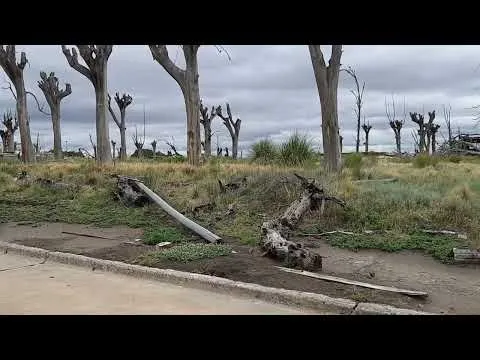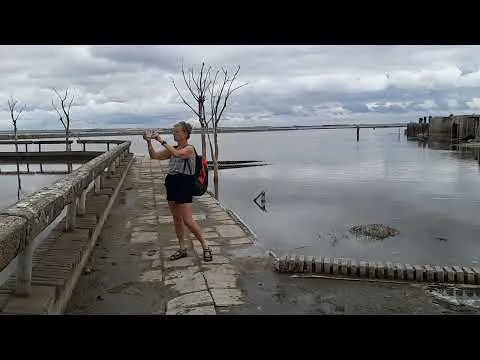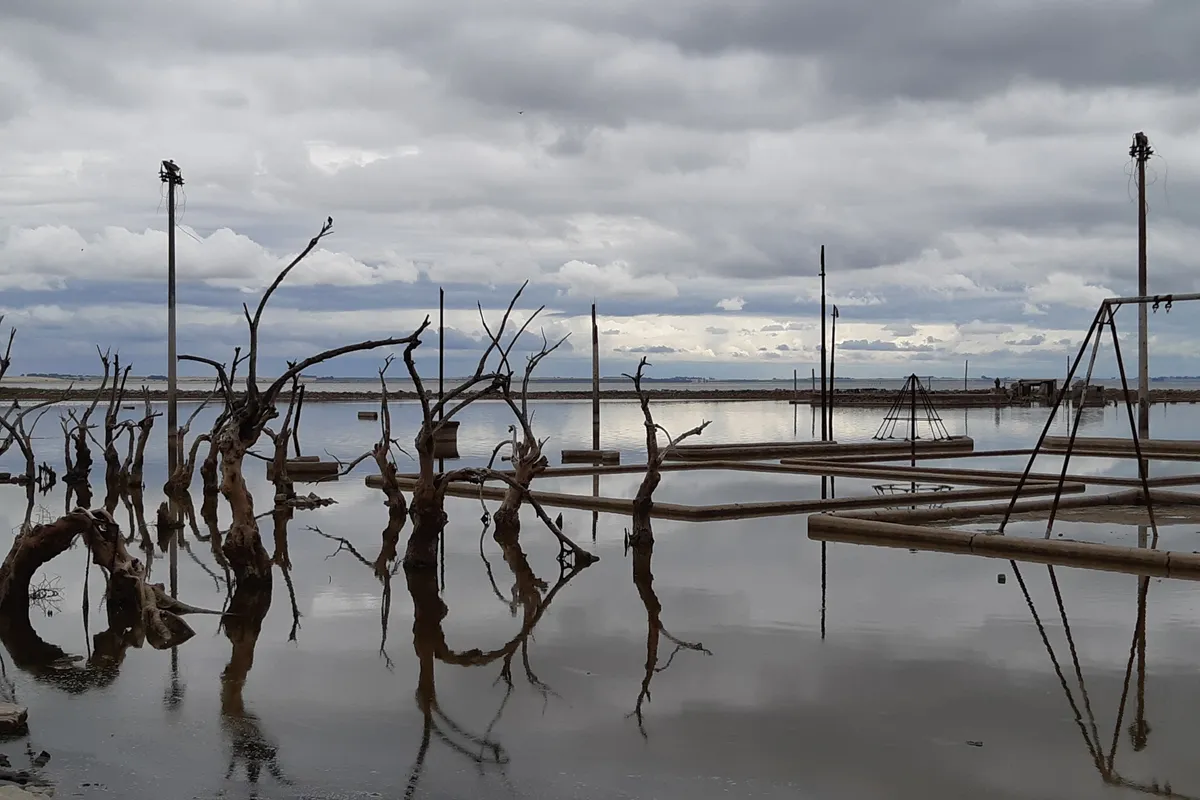
On my second visit to Argentina in January this year, I had promised myself to visit Villa Epecuén, a ghost town that has been buried under 10 meters of water for 25years. The ruins of what was once a town, are located by the lake called Lagoa Epecuén. To get here, we drove in a rental car from the international airport in Buenos Aires to Carhue. 520 kilometers that took us 7 hours to drive. Carhue is also located by the shore of the lake only 6 kilometers from the ruins. Both Carhue and Villa Epecuén were flooded, but Carhue wasn't affected as much as Villa Epecuén. When the water started to recede, the ruins were revealed little by little. Now a deserted ghost town. This day started as a rainy day, causing a muddy road, but at the end of the day the sky did turn blue.
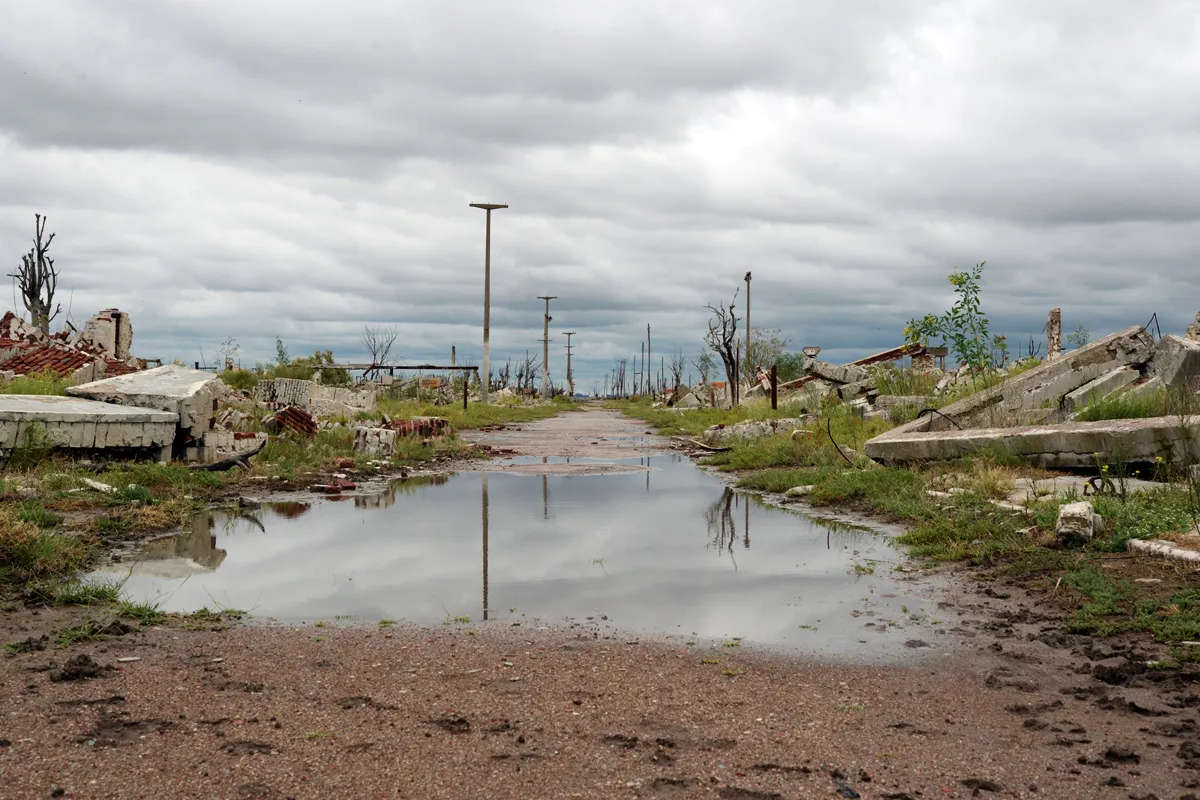

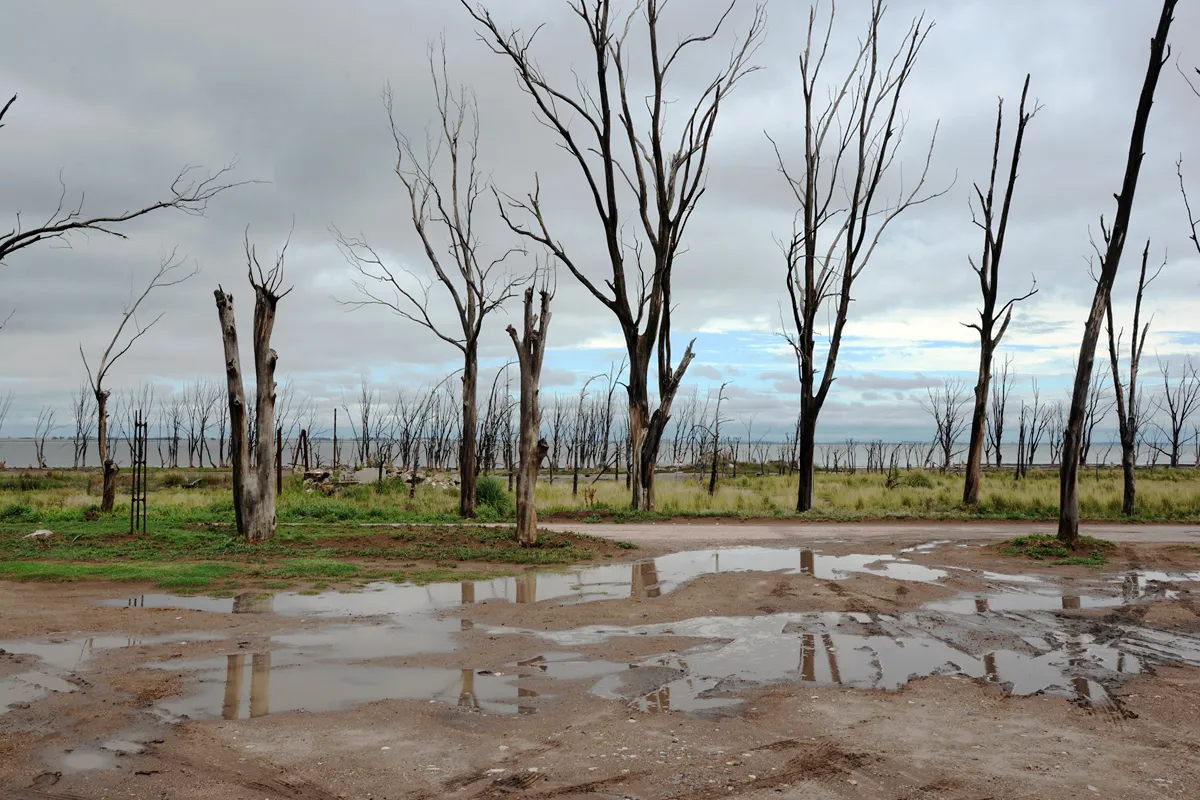
VILLA EPECUÉN WAS ONCE A POPULAR SPA TOWN
Before the water level raised, this was a popular and prosperous tourist village. It was developed sometime during the 1920s as a spa town that attracted lots of people because of the high level of salt in Lagoa Epecuén, which is 10 times higher than the sea. Both towns had hotels that offered treatments. Villa Epecuén, became a known place for wealthy residents’ form Buenos Aires. During the summer season this little town could accommodate up to 25.000 people and aprox 1500 permanent inhabitants. It is said that at its peak in the 1960s Villa Epecuén had close to 300 businesses caring for these wealthy visitors. I read on Wikipedia that a man named Pablo Novak (born 1930) returned in 2009 to his house.
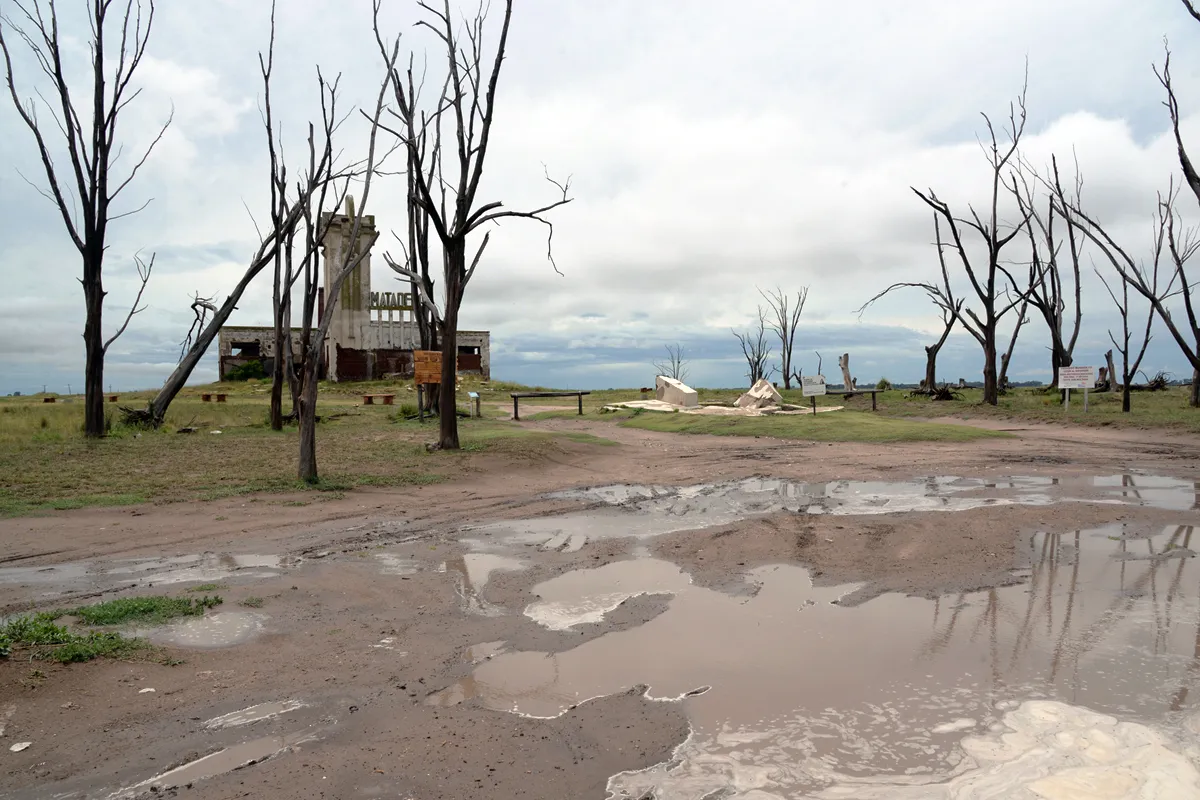
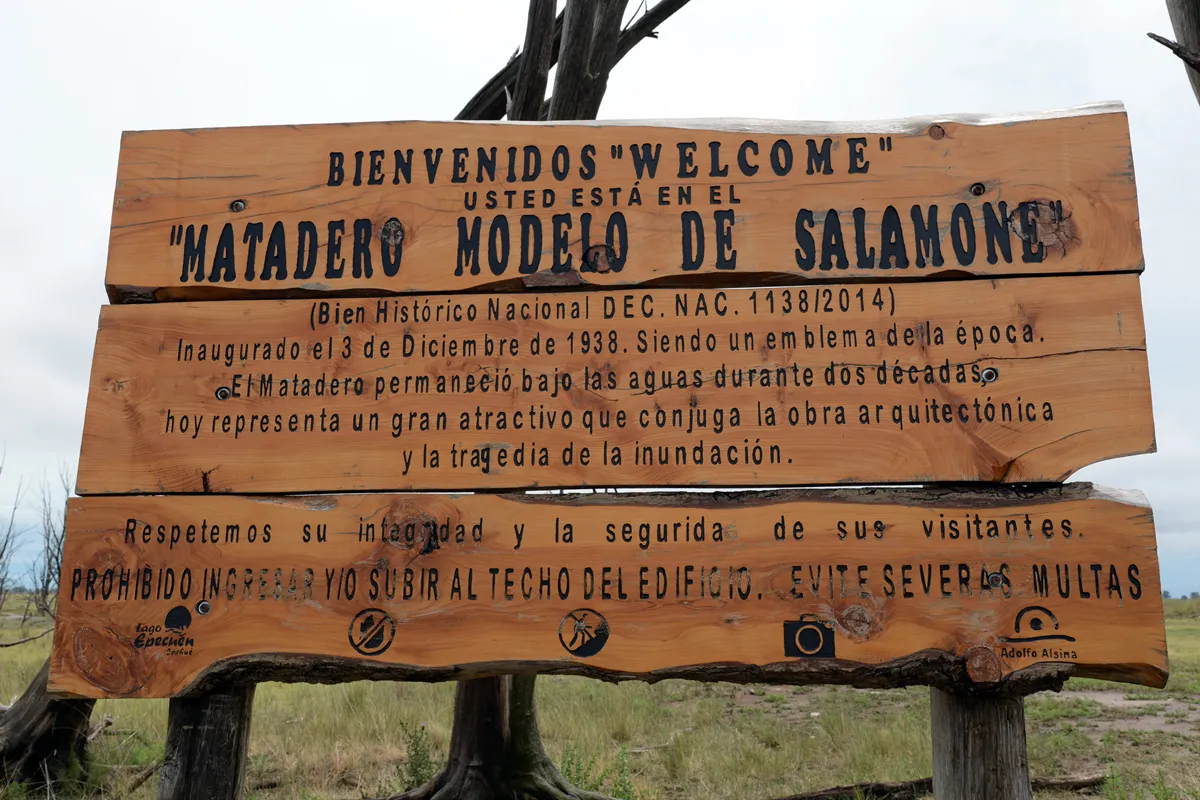

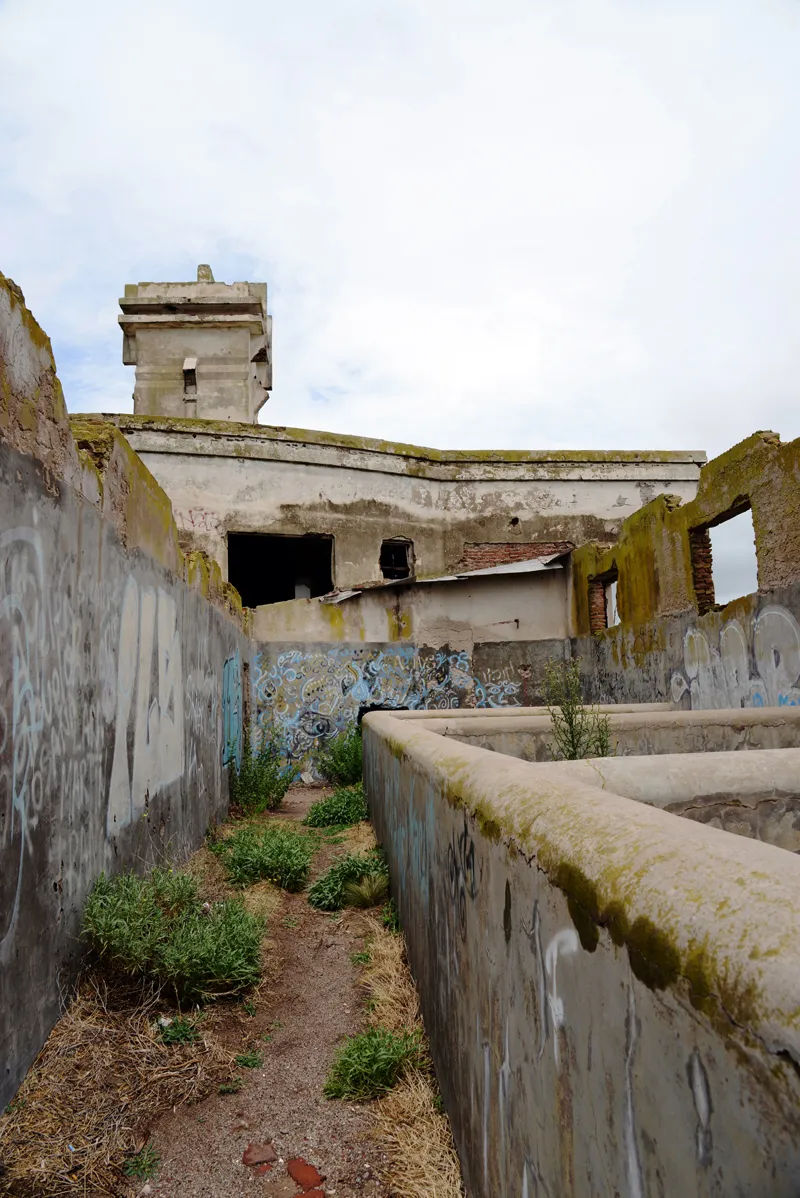

«Matadero», which in English means "slaughterhouse" is located on its own, a couple of kilometers from the town itself. A sign gives some information about the building in Art Decó design. It was inaugurated on the 3rd of December 1938. This was our first stop. We did not enter the building itself. Just took a walk around it. Then we continued a few kilometers to the village itself.
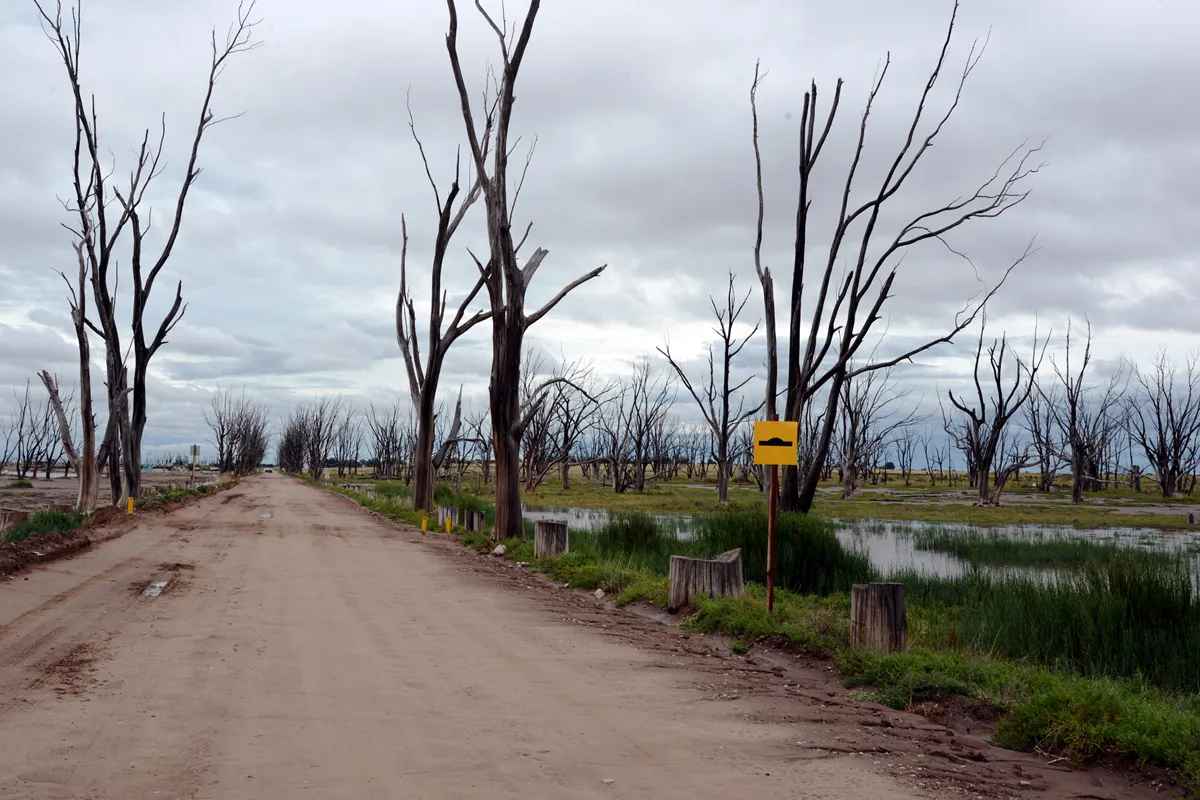
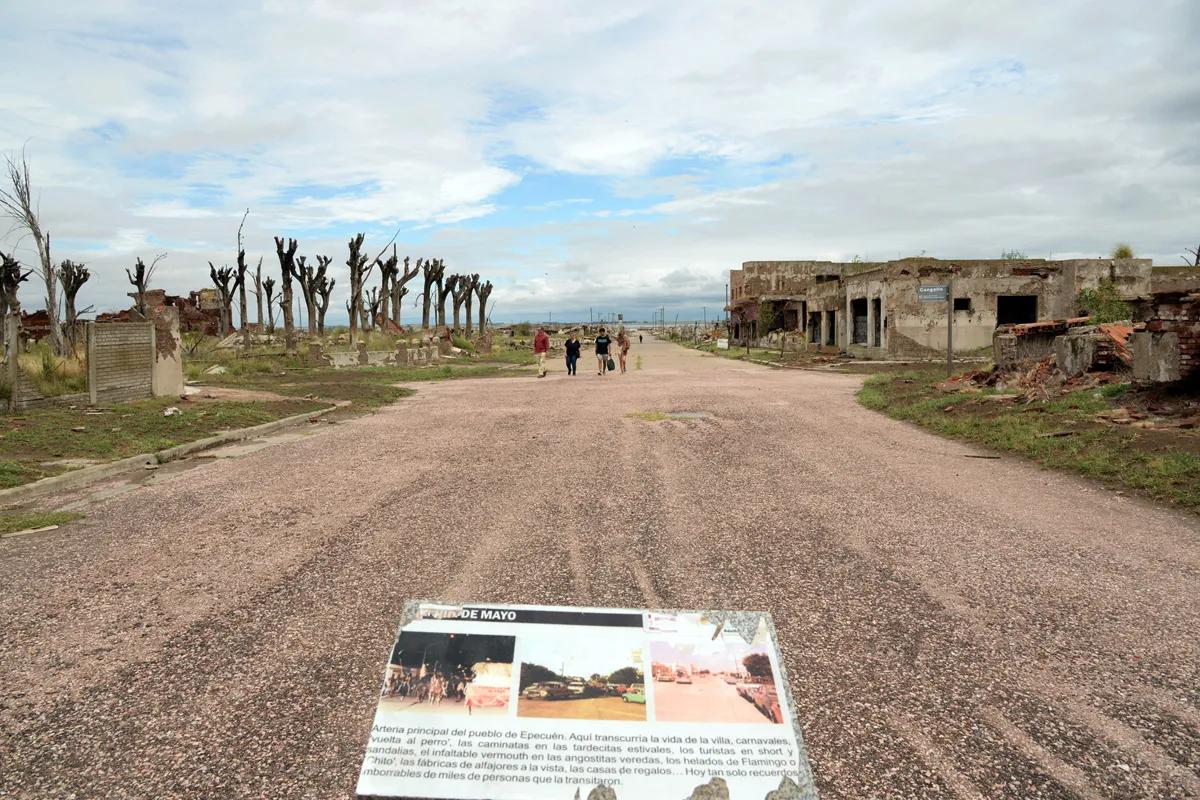
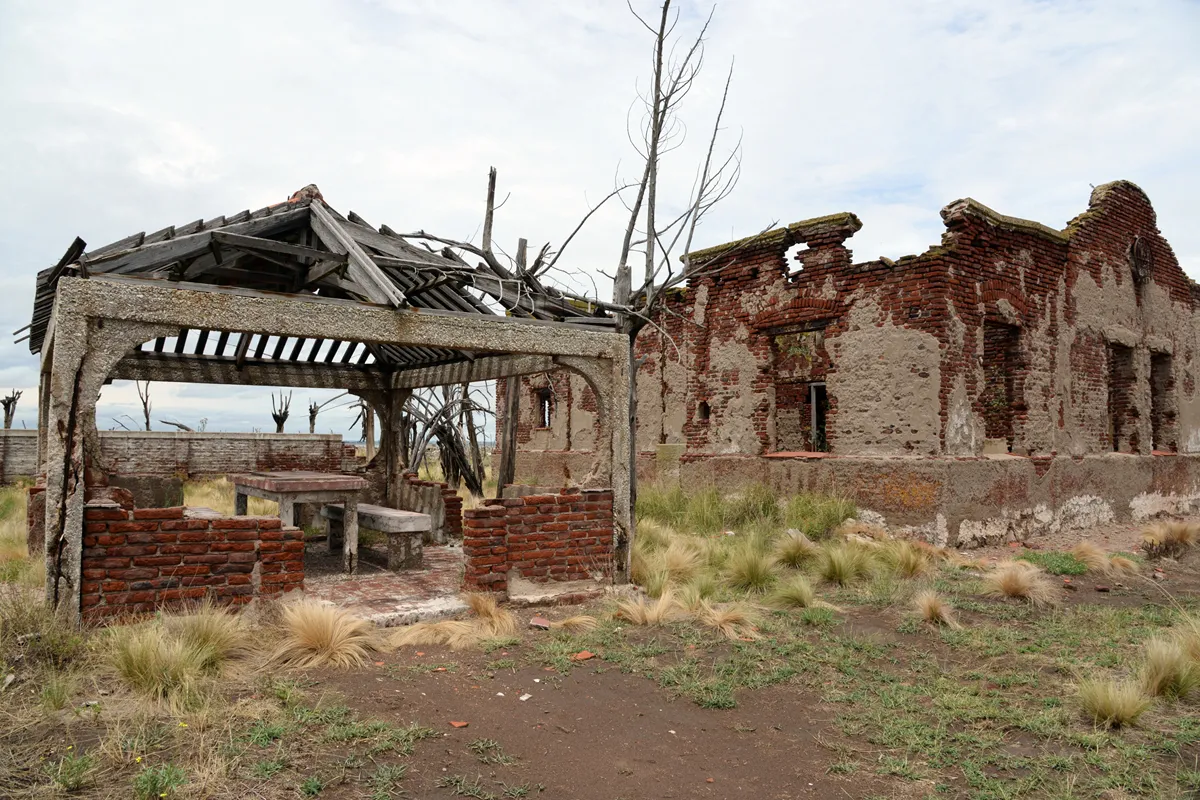
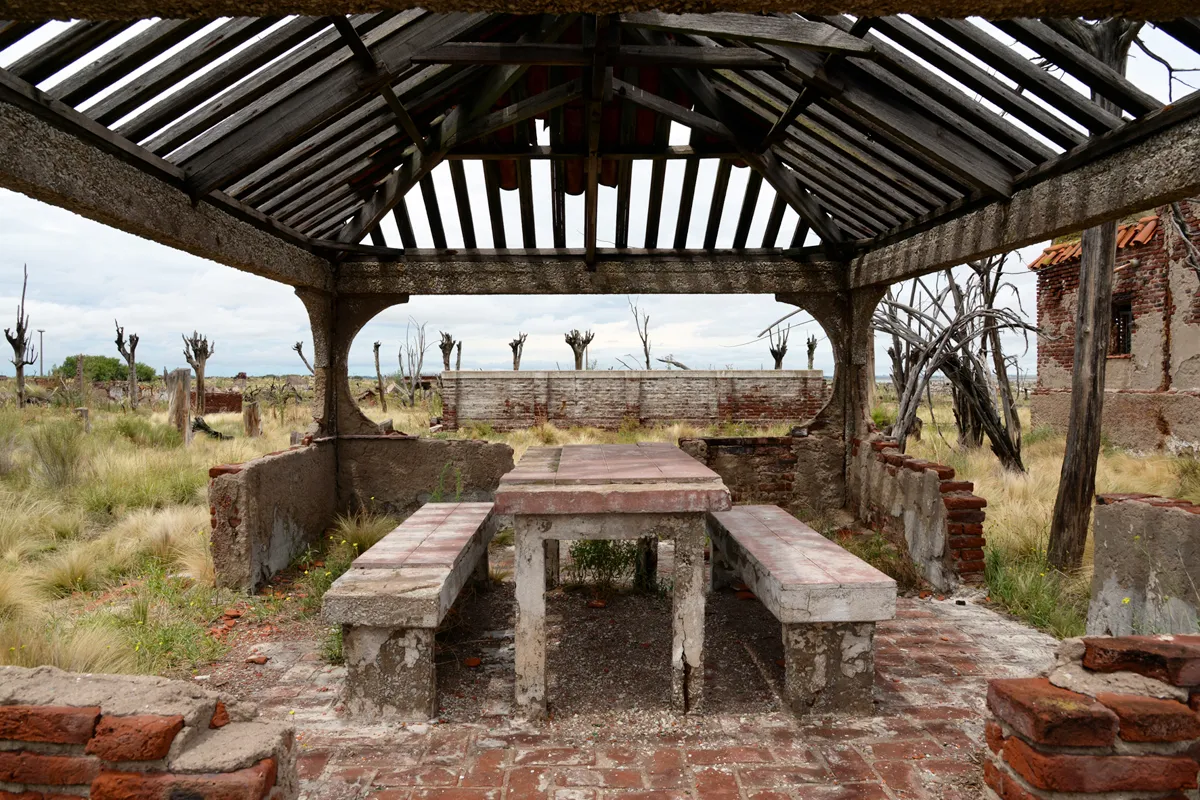

After parking the car, we walked down what was once the main street. Most of the water has receded, revealing a sight that is reminiscent of a warzone or a natural disaster that has wiped out the village. Water does have an enormous power.
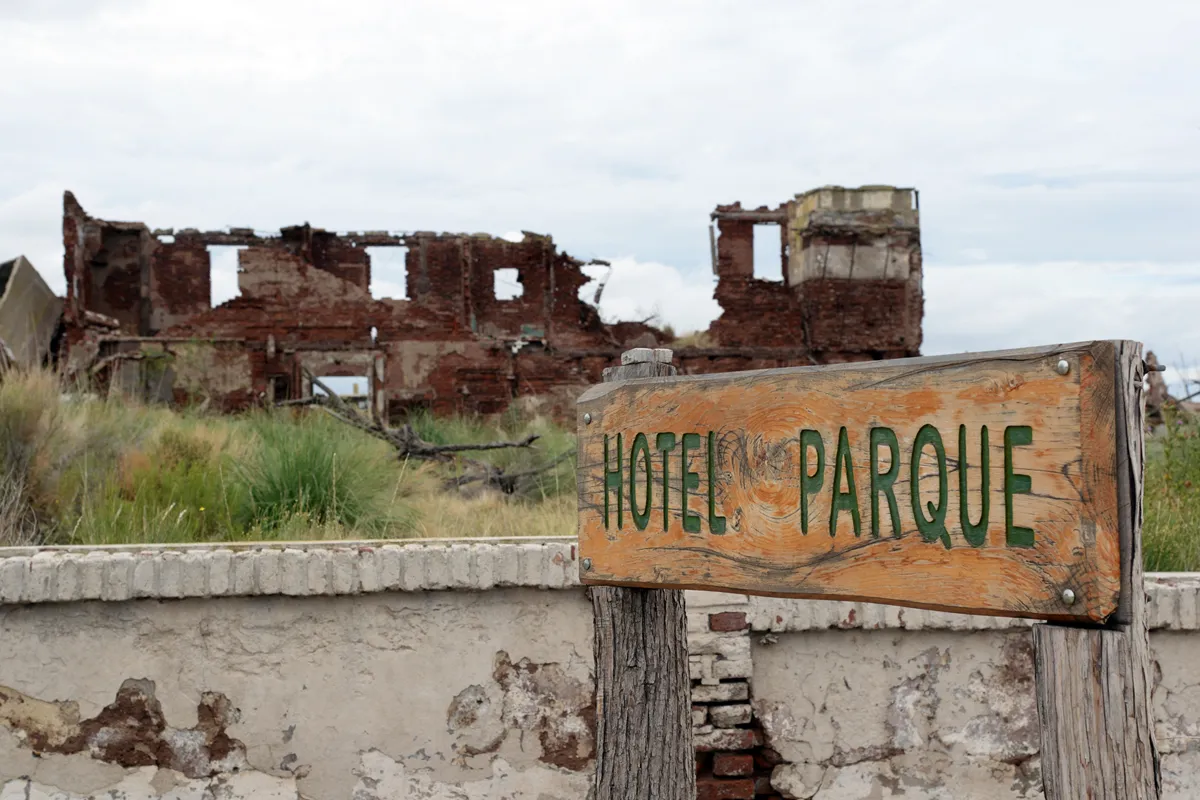
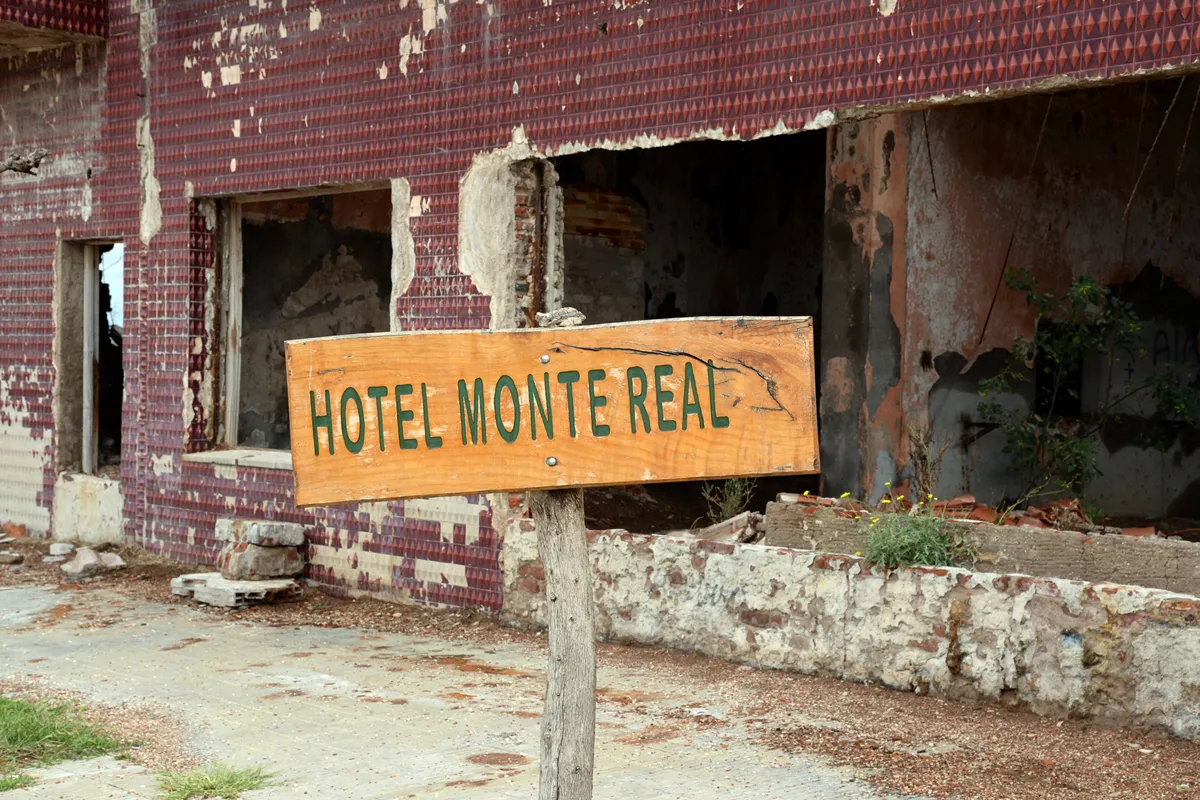


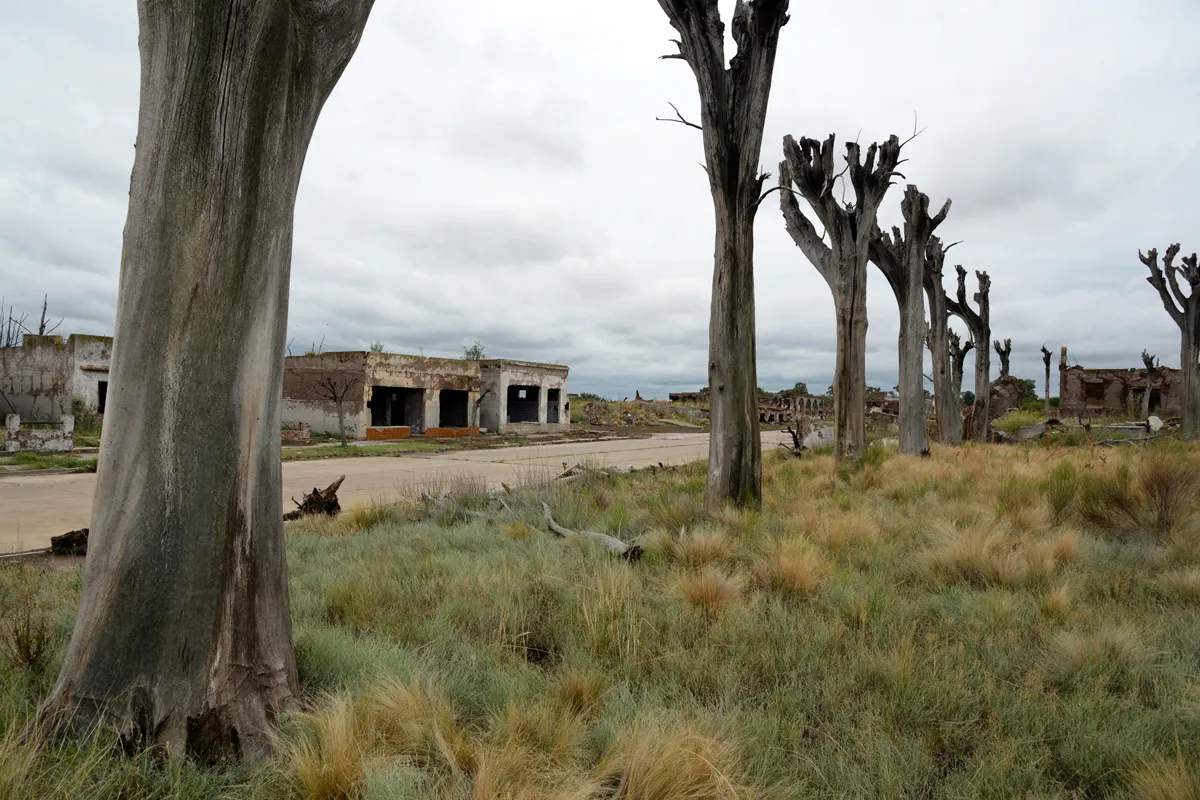

What caused the flood? On a day in November 1985 the dam broke due to storms. Eventually the dike that protected the town also gave up. This caused the water to rise. Within a couple of weeks, the town was covered by 10 meters of water. But first 25 years later the water started to recede, revealing the ruins.

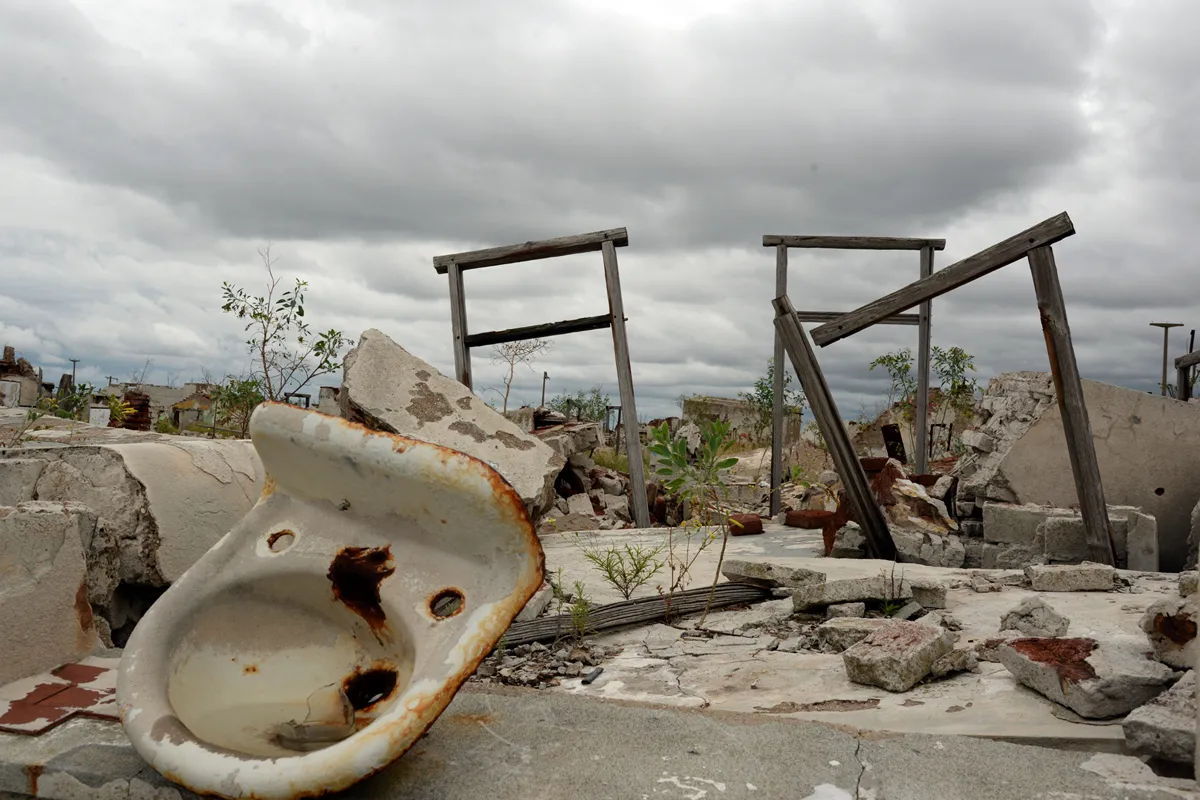

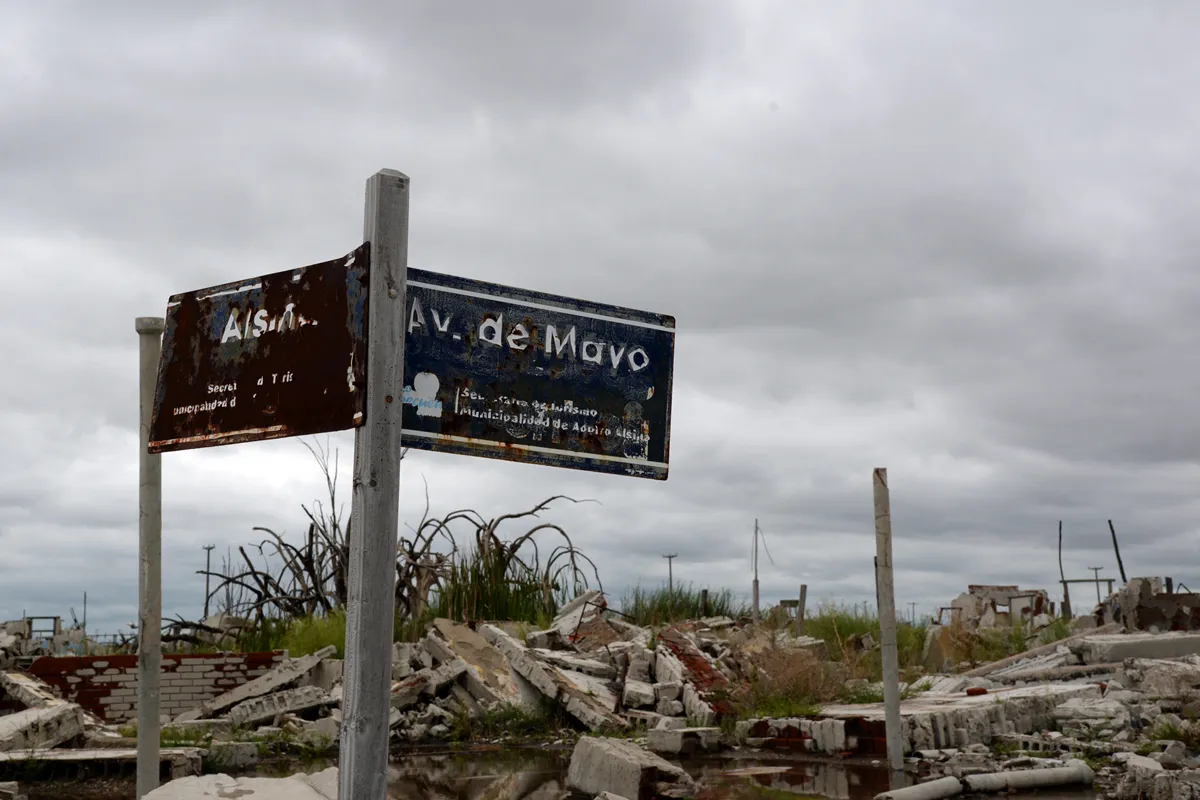
Along the main street there are lots of ruined hotels. Signs with photos and information are found among the ruins. The photos show a town full of life. There used to be lots of hotels, shops, restaurants etc. Besides following the main street we did explore som e of the side roads and buildings and ruins, without entering though. We couldn't be sure if that would be safe.
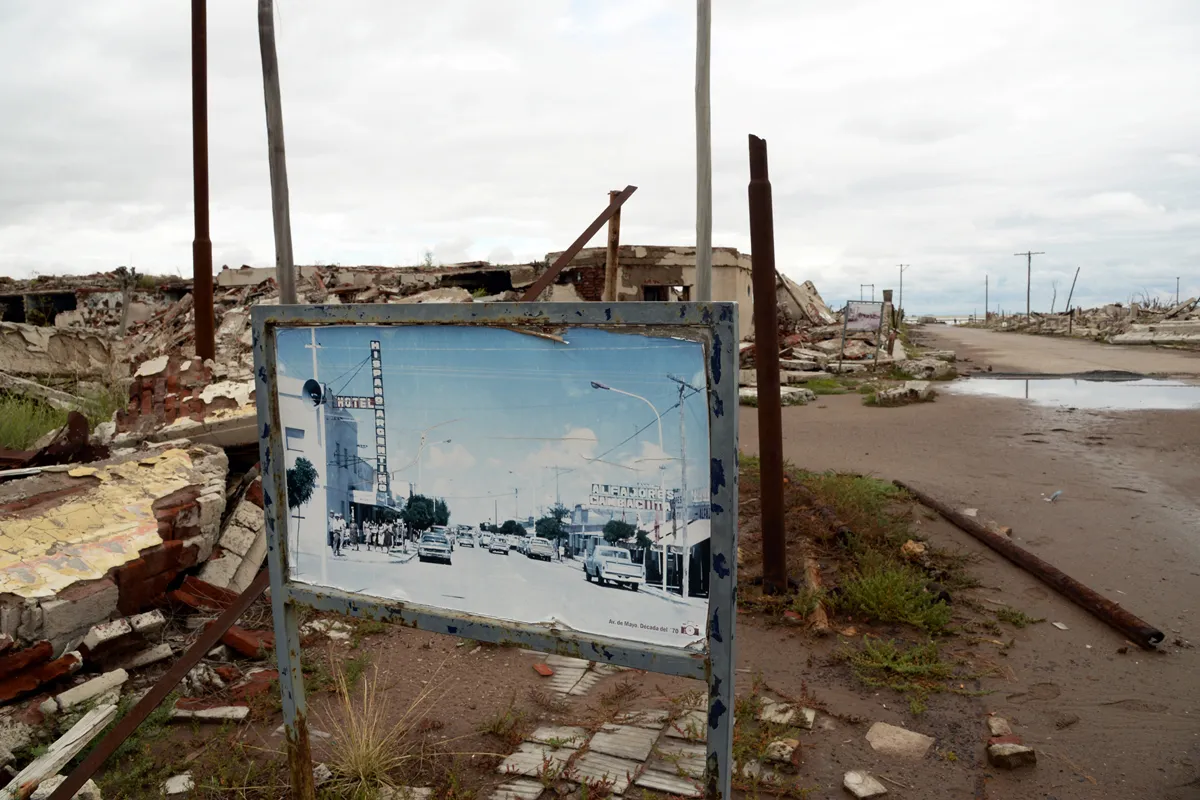
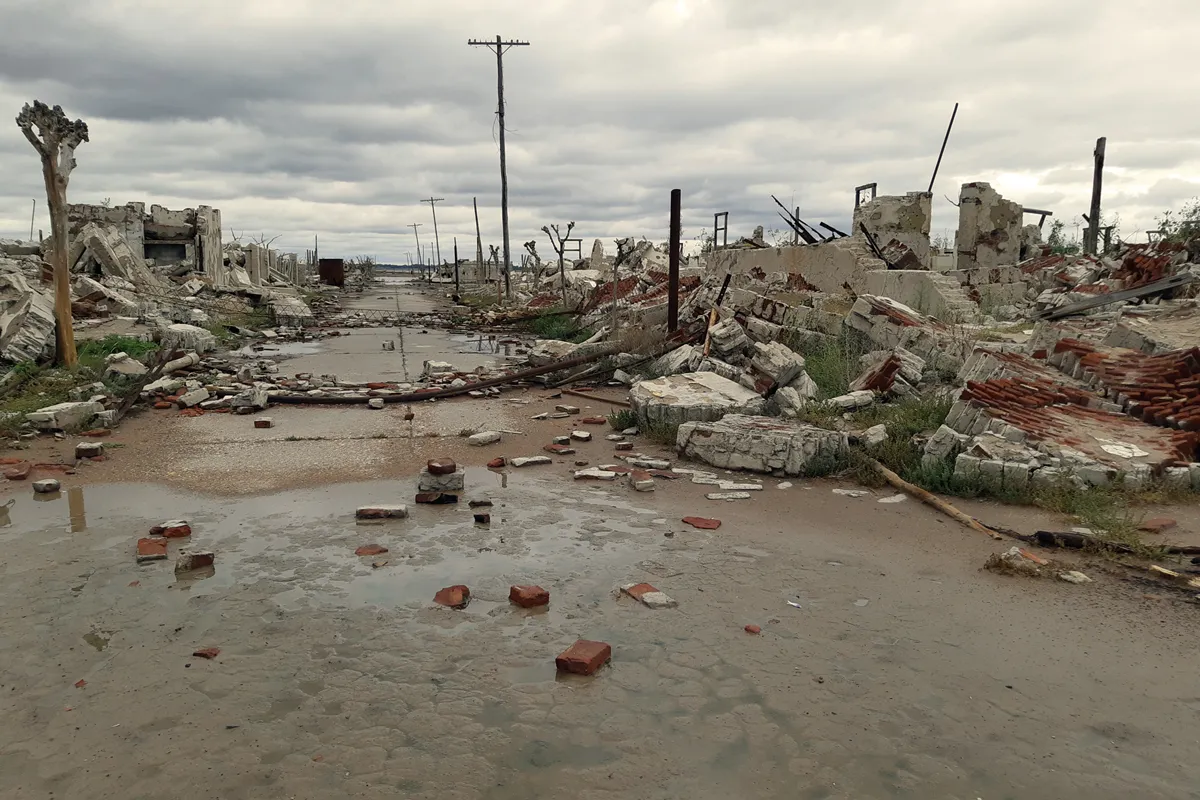


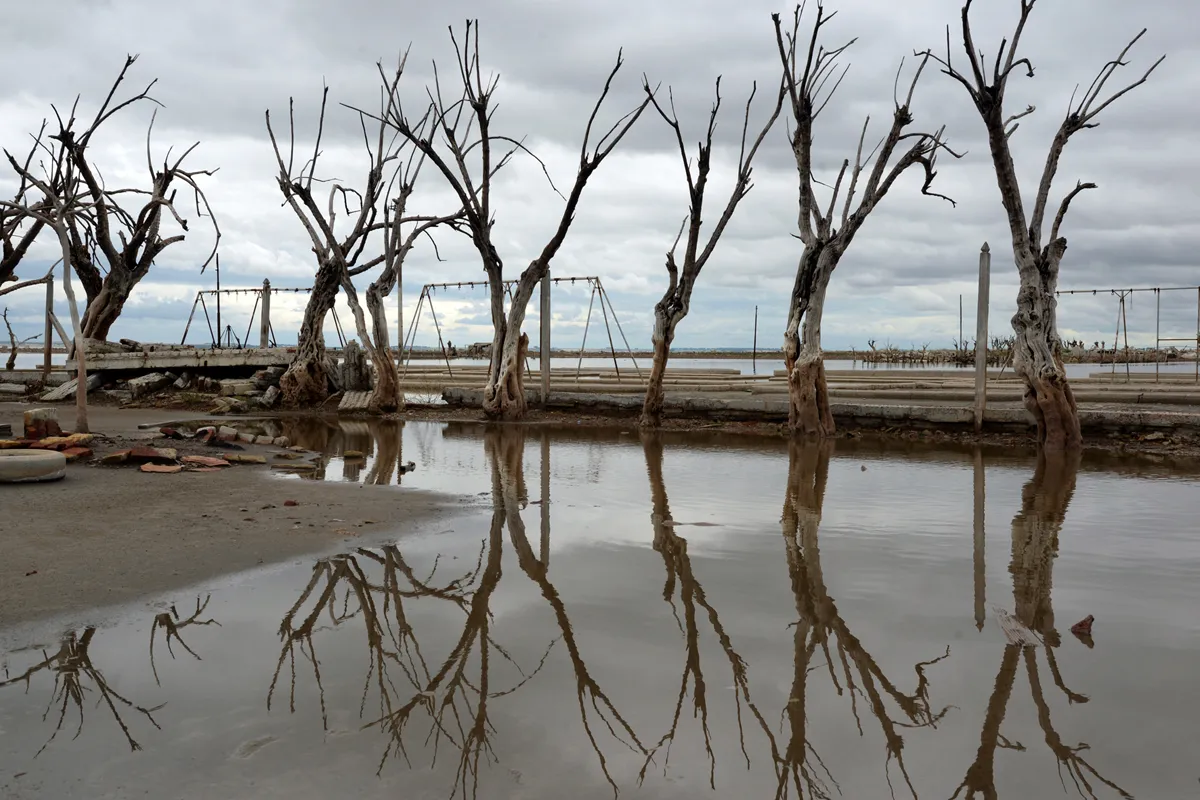
The difference between what it used to look like and what it looks like today are miles away from each other. What we are looking at now, is the impact of 25 years under water. There were only a few other tourists were here at the same time as us. To walk among the ruins is really a surreal experience. We saw these crumbled houses where people once lived. We saw broken appliances spread around the place. Parts of toilet seats, sinks and broken electrical wires. The whole place is completely deserted. Because of the high level of salt in the water, the ruins emerged with a white residue that does give the ruins a very special appearance. We could se how salty water has had a corrosive effect.
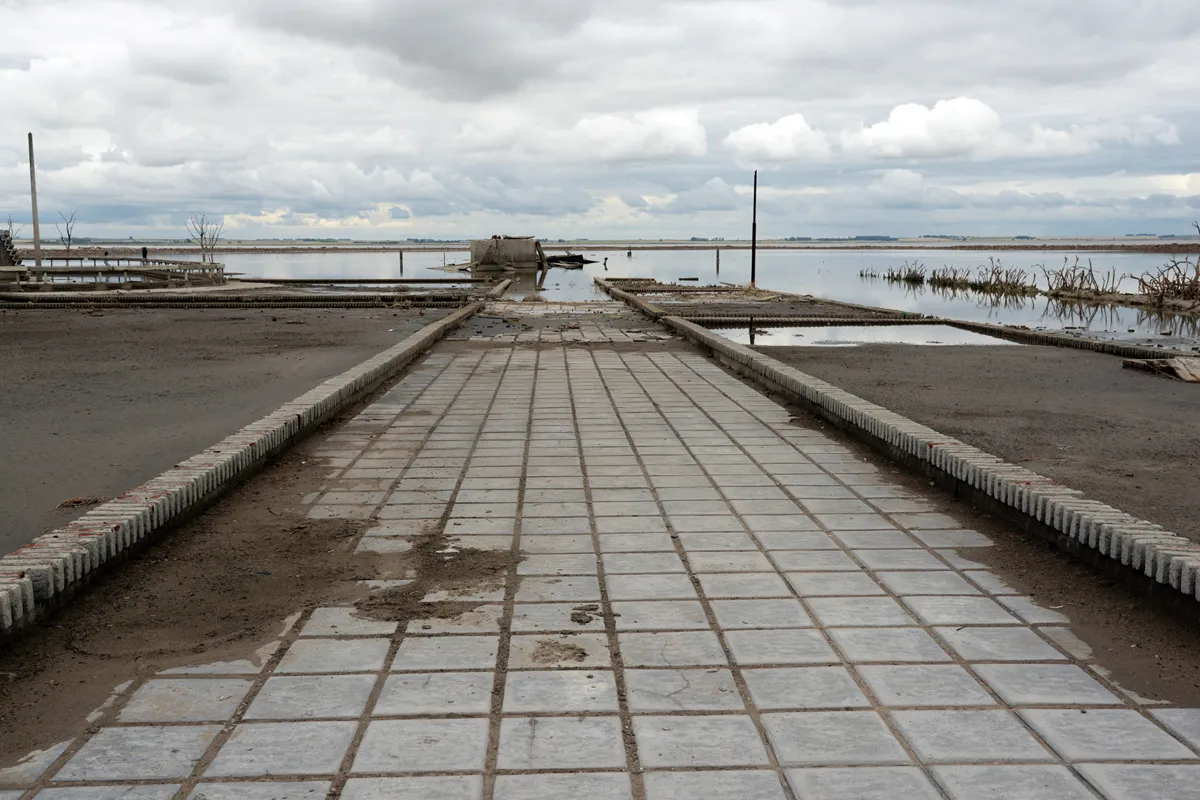
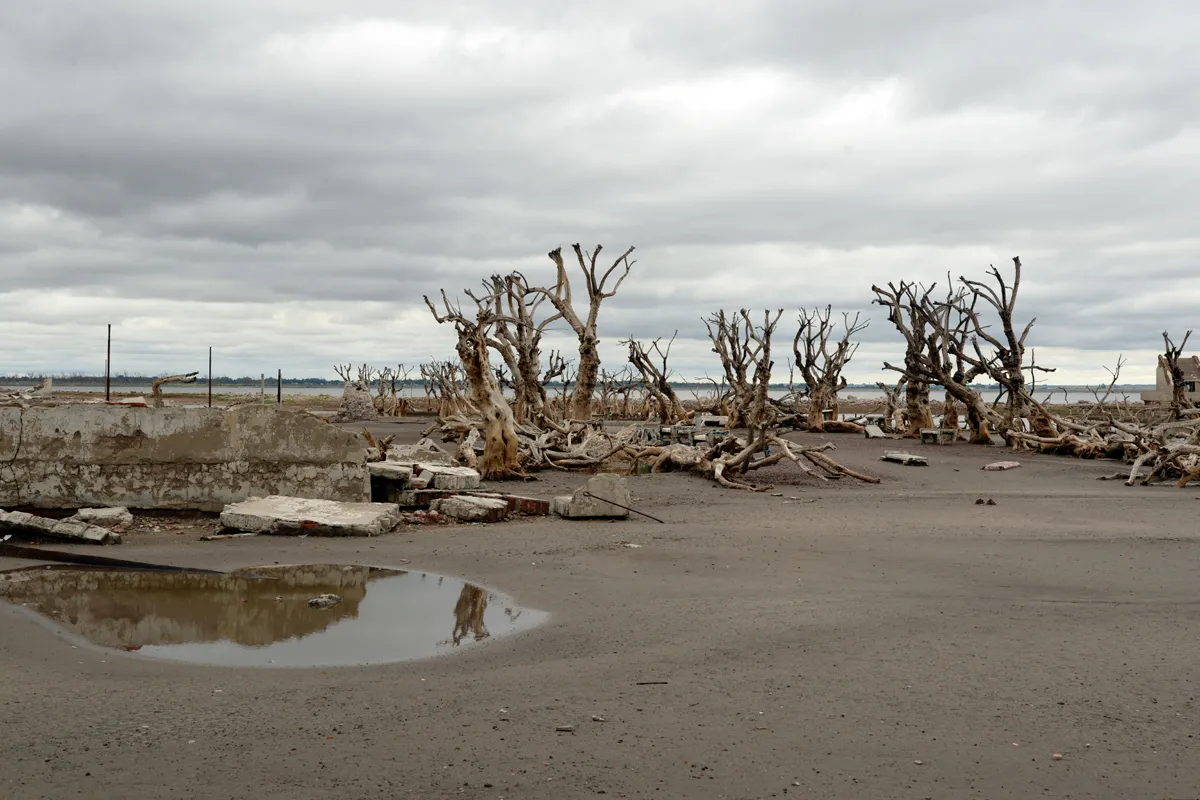
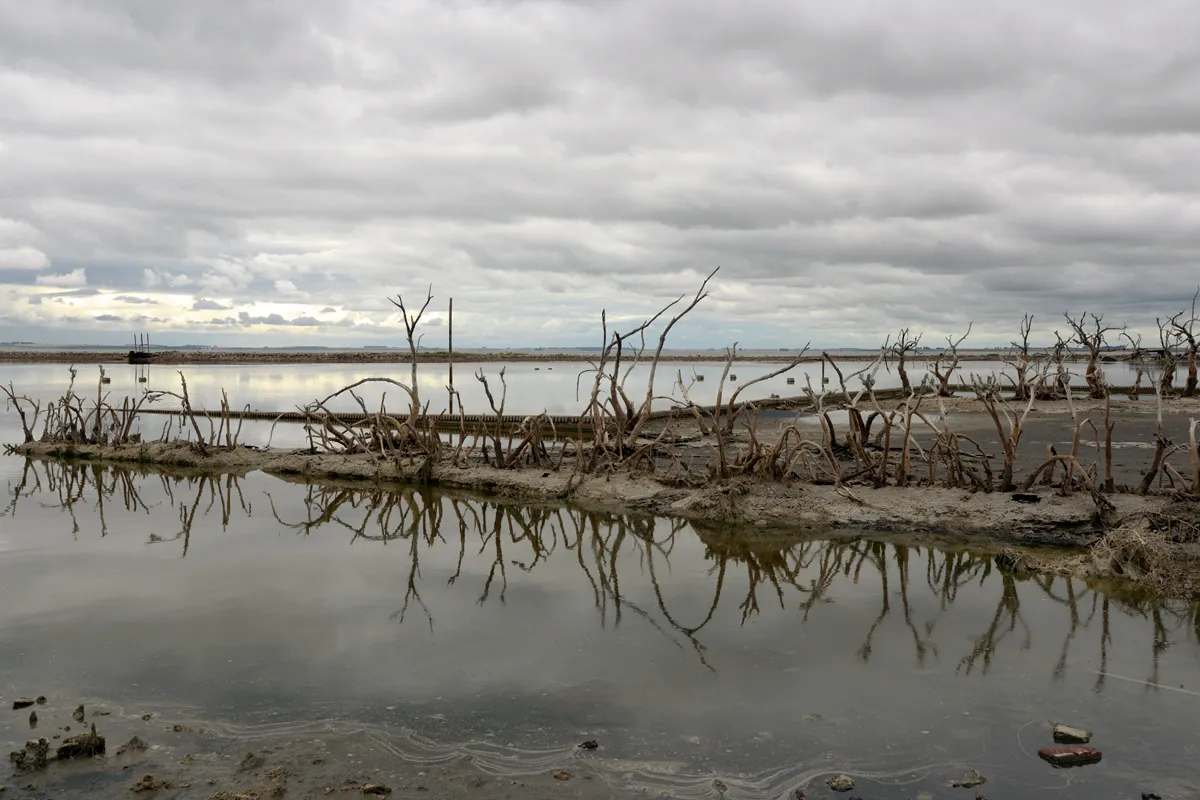
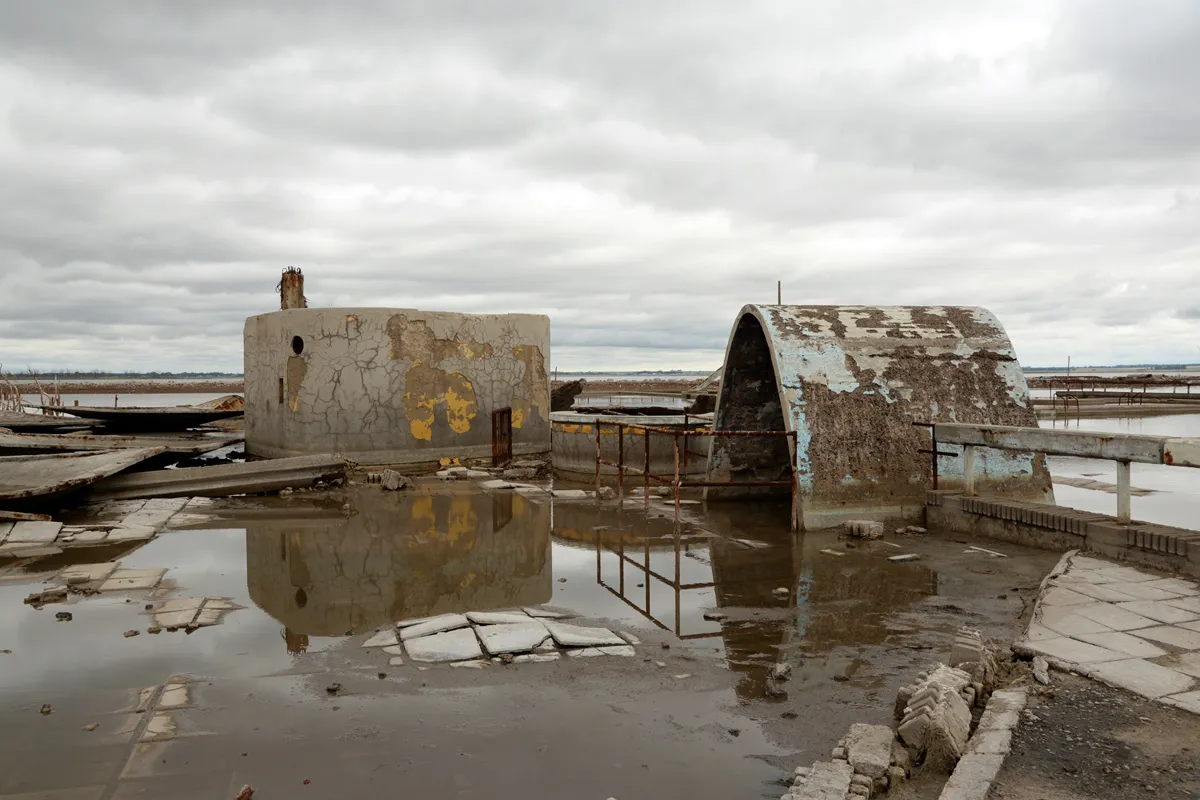
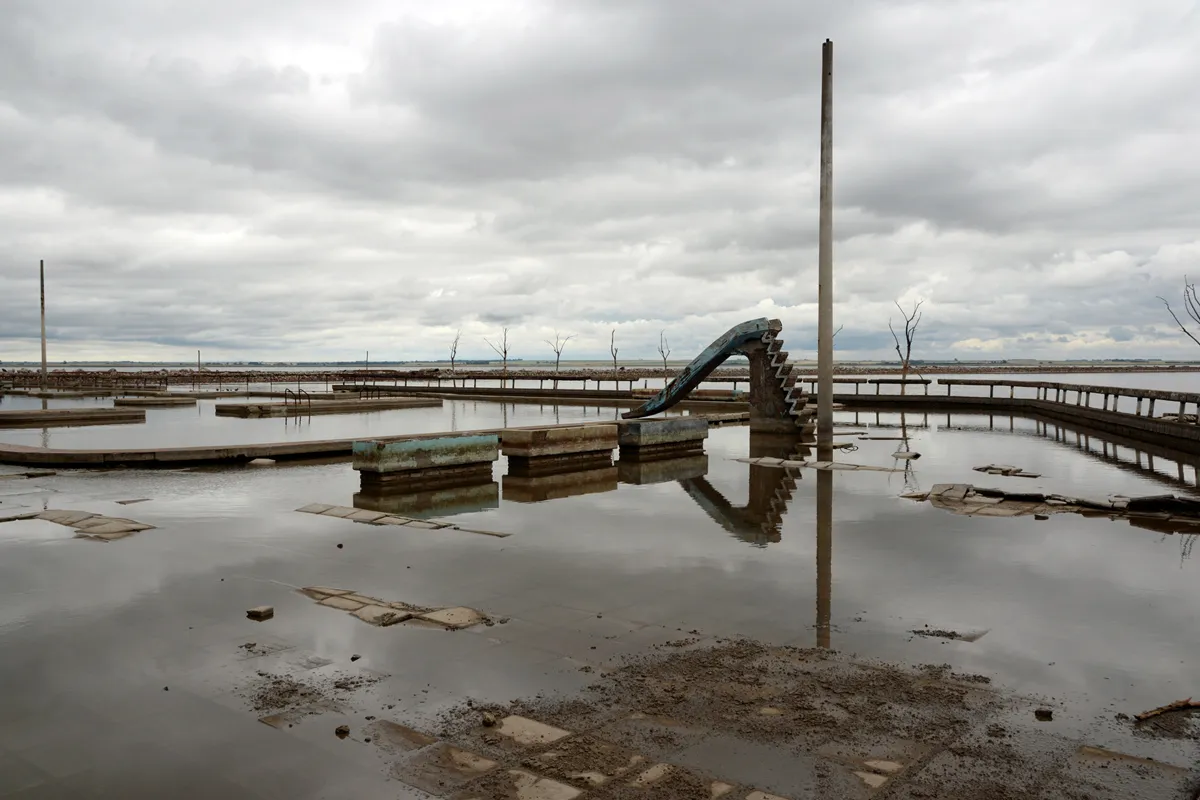
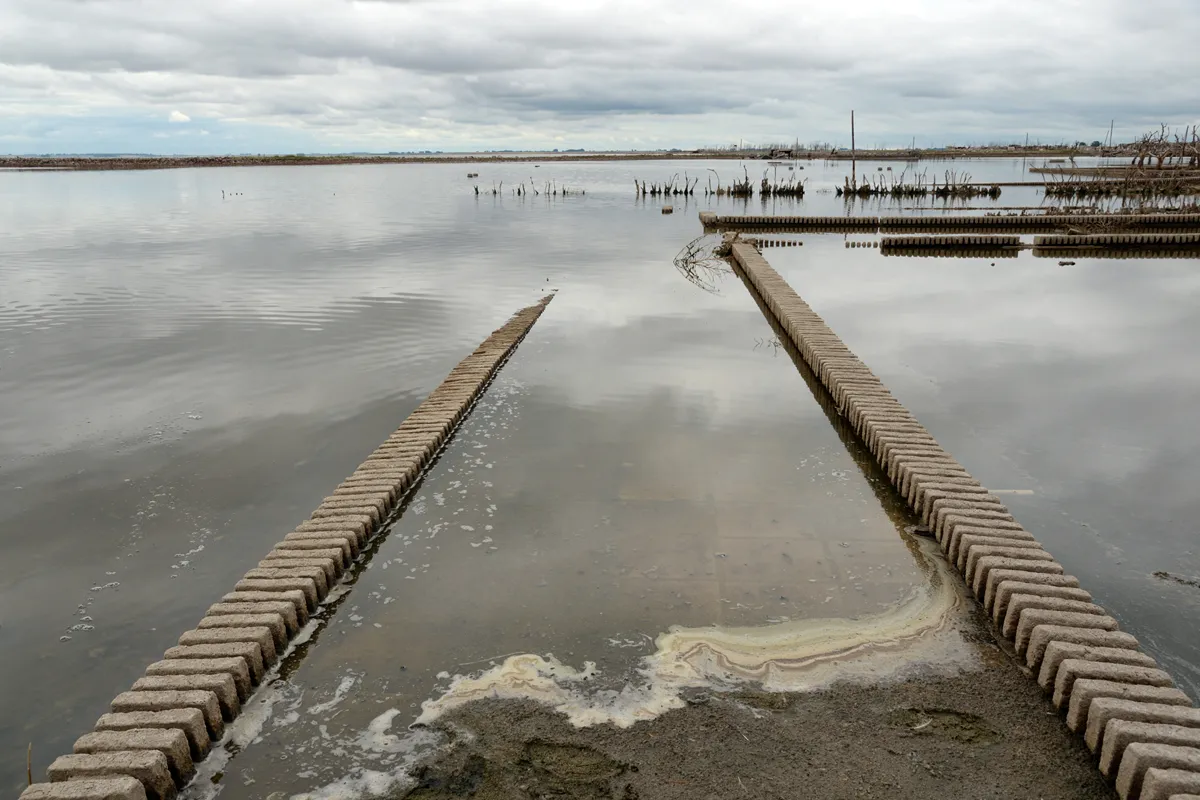

As we get closer to the lake, we saw that some quarters are still under water. It's hard to see how much, but we guess from what we see in front of us that this is where some of the pools were. A smaller building looks like it could have been a changing room. Look at the trees. They are completely dead because of the salty water.
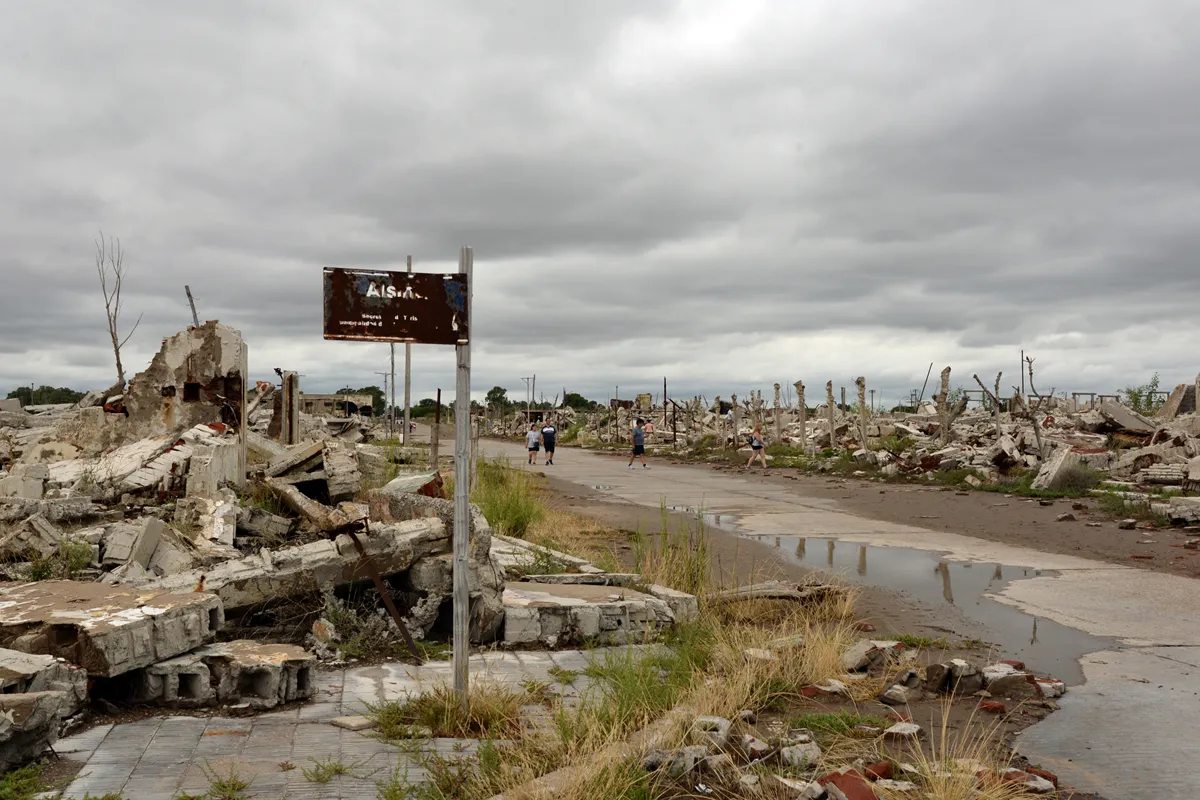
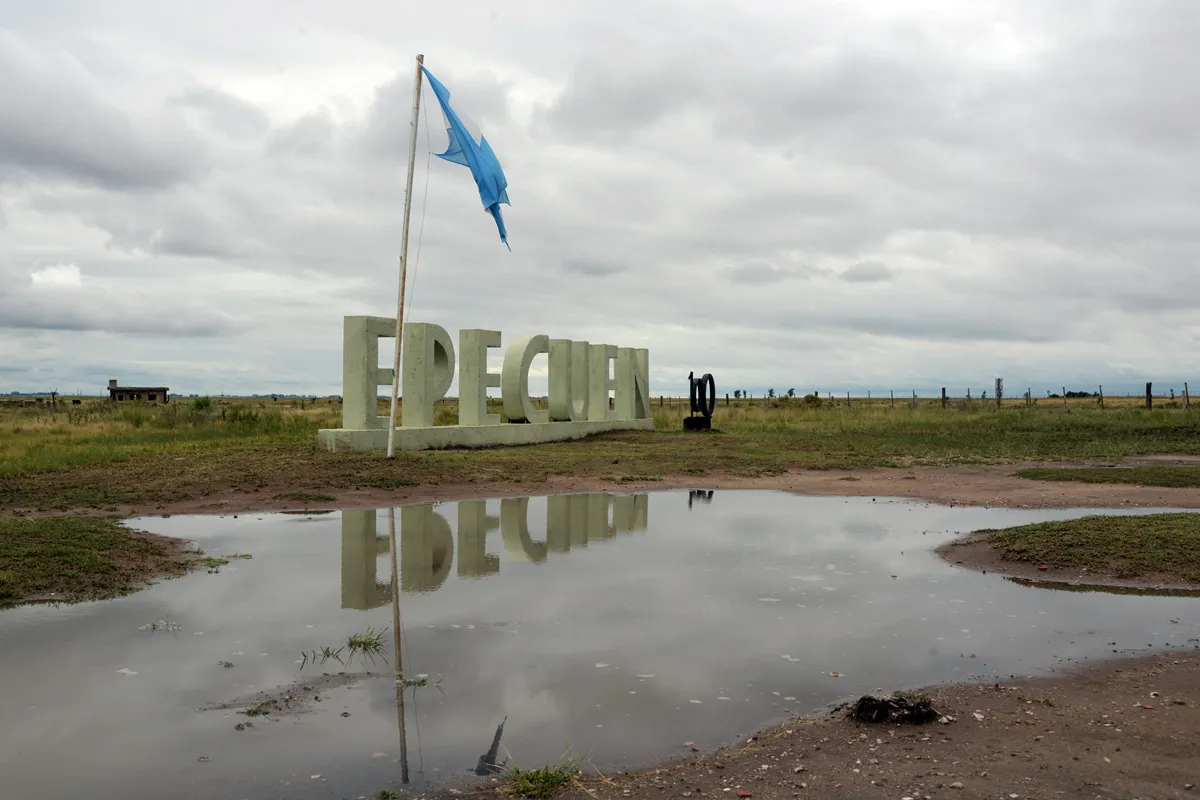
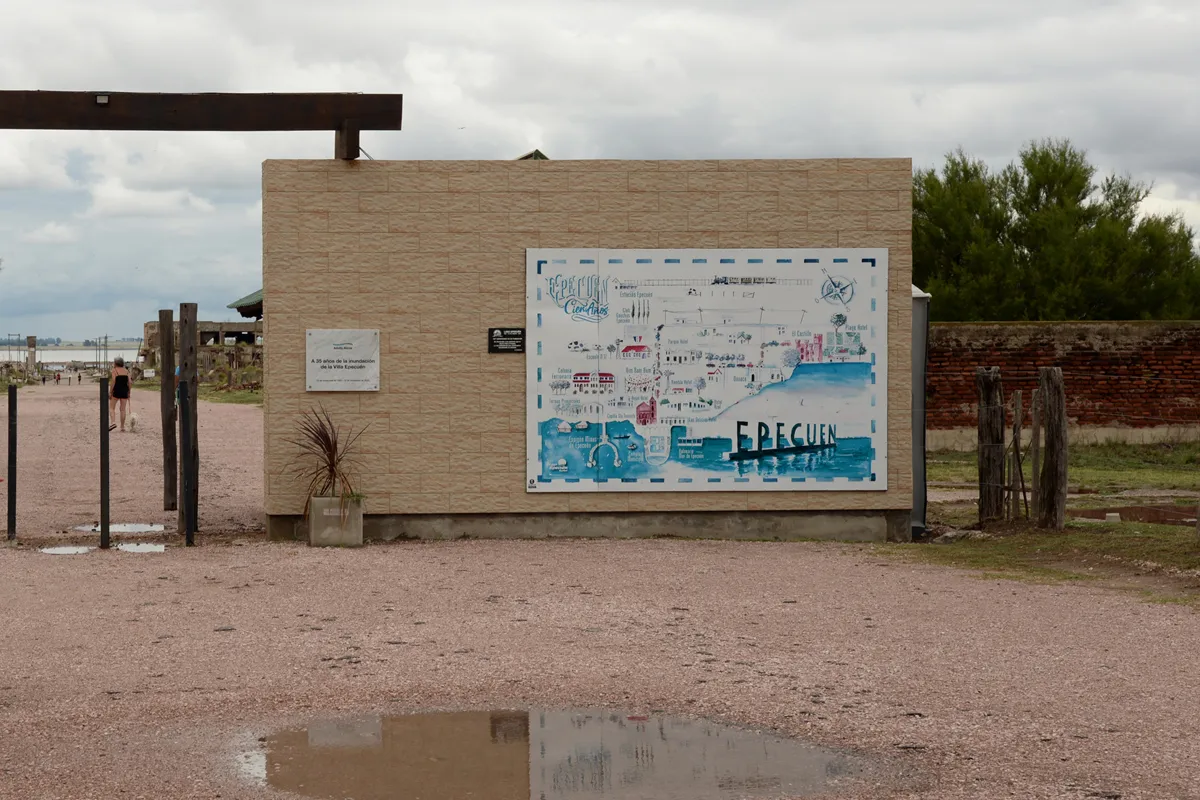
The village has never been rebuilt. To me it looks as if there is no plan to do so. Instead, it looks as if the ruins are going to be turned into a tourist attraction. At the entrance, which is also the exit, we saw that a ticket booth has now been set up and toilets further away. None of it is functional yet. But one day it will.
On a sign we read: «35 anos de la inundacion de la Villa Epecuén / 35 years after the flood in Villa Epecuén.
Sources:
Information signs in the ruins
https://en.wikipedia.org/wiki/Villa_Epecu%C3%A9n
Please do follow if you want to keep up with my next travel story. Any upvotes or reblogs are hugely appreciated!
Latest travel stories, check out :
“The beauty of Mauritian culture” - An art exhibition in Port Louis, Mauritius
U.J
Kristiansand, Norway
All the photoes are mine, Ulla Jensen (flickr, Instagram and facebook)
[//]:# (!pinmapple -37.12983 lat -62.80527 long The ruins of Villa Epecuén, an Argentine ghost town, buried under 10 meters of water for 25 year d3scr)Latest content: Travel, Art, Article, Photo


